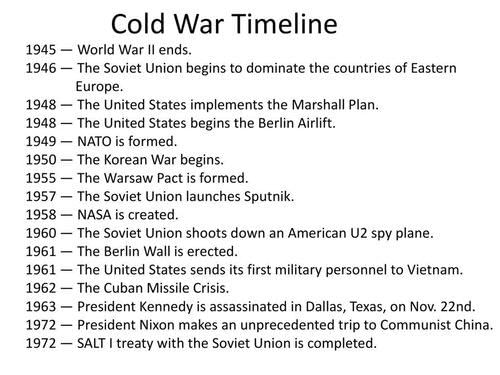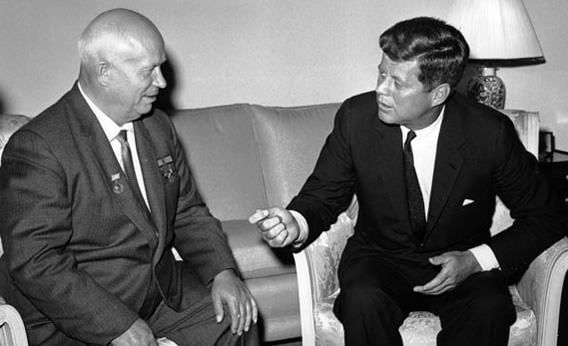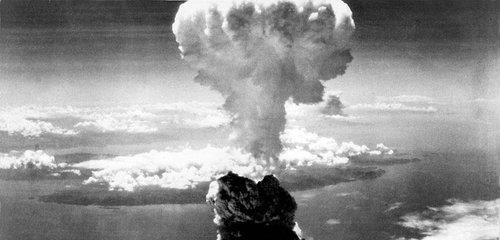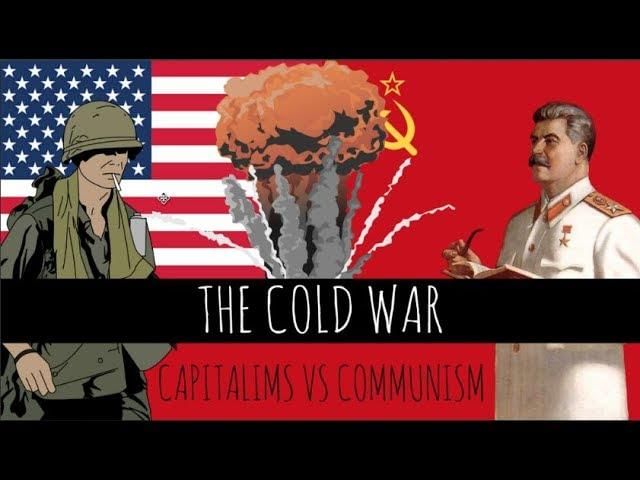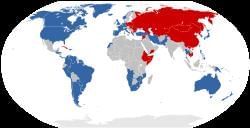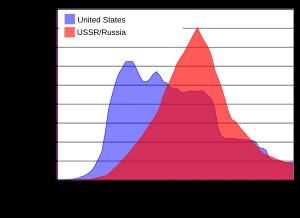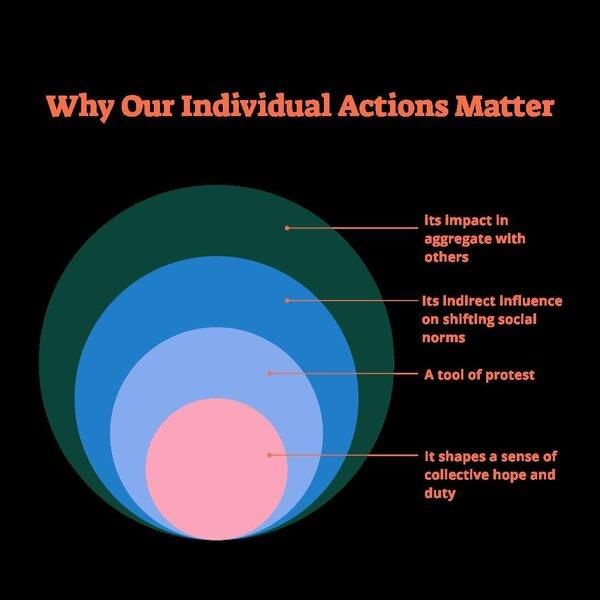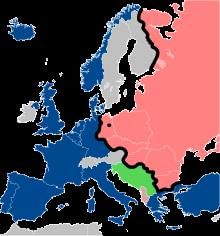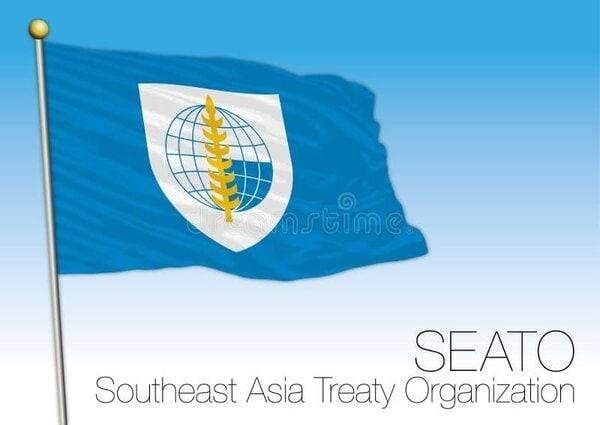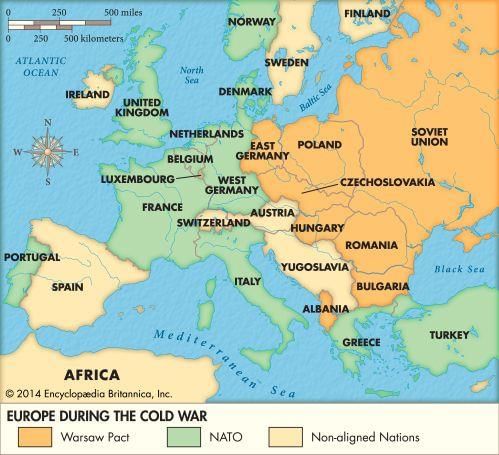|
What were the two main ideologies represented during the Cold War and how did they influence global politics? |
Card: 1 / 50 |
|
The two main ideologies were Communism, represented by the Soviet Union, and Capitalism, represented by the USA. These ideologies influenced global politics by creating a division between the Soviet bloc and American bloc, leading to conflicts, proxy wars, and a climate of mistrust that lasted for nearly 45 years. 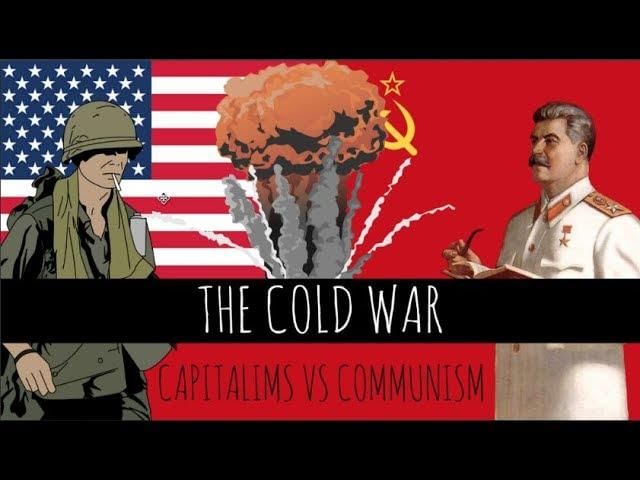 |
Card: 2 / 50 |
|
The Cuban Missile Crisis was a pivotal moment during the Cold War. What was the main reason for the crisis? |
Card: 3 / 50 |
|
The main reason for the Cuban Missile Crisis was the placement of Soviet nuclear missiles in Cuba by Nikita Khrushchev in 1962, which was perceived as a direct threat by the United States, leading to a tense standoff between the two superpowers. 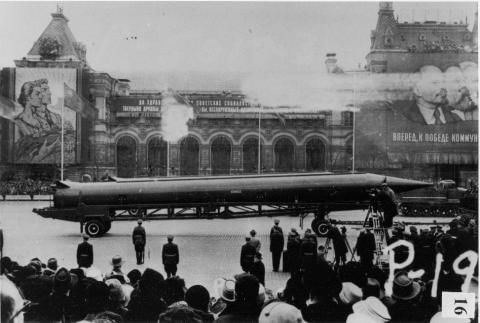 |
Card: 4 / 50 |
|
True or False: The Cold War involved direct military conflict between the USA and the Soviet Union. |
Card: 7 / 50 |
|
False. The Cold War was characterized by political tension and ideological rivalry without direct military conflict between the superpowers. |
Card: 8 / 50 |
|
Riddle: I am a crisis that brought the world close to nuclear war, involving missiles and a small island. What am I? |
Card: 9 / 50 |
|
What agreement was reached between the USA and USSR to resolve the Cuban Missile Crisis? |
Card: 11 / 50 |
|
The agreement stipulated that the USSR would dismantle its missile base in Cuba in exchange for a promise from the USA not to invade Cuba. |
Card: 12 / 50 |
|
Fill in the blank: The Cold War was also referred to as a 'war of _____' between the Soviet Union and the USA. |
Card: 13 / 50 |
|
The dropping of atomic bombs on Hiroshima and Nagasaki marked the end of ___ and the beginning of ___. |
Card: 17 / 50 |
|
True or False: The Cold War was primarily a direct military conflict between the USA and the USSR. |
Card: 19 / 50 |
|
False; the Cold War was characterized by competition and confrontations not fought on traditional battlefields. |
Card: 20 / 50 |
|
What were the two ideologies that created a struggle for supremacy during the Cold War? |
Card: 21 / 50 |
|
Fill in the blank: The Cold War was a struggle for supremacy between the USA and USSR, leading to the formation of ___ and ___ power blocs. |
Card: 23 / 50 |
|
Riddle: I am a war fought not with weapons, but in the minds of men. I can lead to alliances but not direct battles. What am I? |
Card: 25 / 50 |
 Unlock all Flashcards with EduRev Infinity Plan Starting from @ ₹99 only
|
|
During the Cold War, both superpowers engaged in an arms race, especially for ___ weapons. |
Card: 29 / 50 |
|
According to Flemming, the Cold War is a war that is fought in the ___ of men. |
Card: 31 / 50 |
|
The logic of deterrence during the Cold War suggested that the cost of war is so high that ___ would benefit from it. |
Card: 33 / 50 |
|
What were the two main military alliances formed during the Cold War, and which countries led them? |
Card: 37 / 50 |
|
The two main military alliances were NATO, led by the USA and many Western European countries, and the Warsaw Pact, led by the USSR and many Eastern European countries. 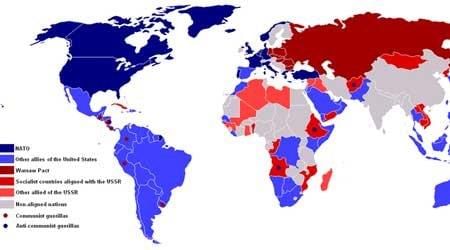 |
Card: 38 / 50 |
|
Fill in the blank: The principal function of the Warsaw Pact was to counter ___ forces in Europe. |
Card: 39 / 50 |
|
True or False: The SEATO was established to promote communism in Southeast Asia. |
Card: 41 / 50 |
|
False. SEATO was established to prevent communism from gaining ground in the region. 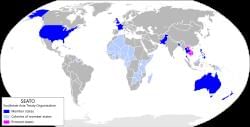 |
Card: 42 / 50 |
|
Which countries were the original members of NATO when it was formed in April 1949? |
Card: 43 / 50 |
|
Belgium, Canada, Denmark, France, Iceland, Italy, Luxembourg, the Netherlands, Norway, Portugal, the United Kingdom, and the United States. 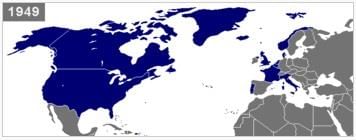 |
Card: 44 / 50 |
|
Riddle: I am an organization formed to prevent Soviet aggression in the East, but I am not NATO. What am I? |
Card: 45 / 50 |
|
What was one reason smaller states entered into alliances during the Cold War? |
Card: 47 / 50 |
|
Fill in the blank: The Central Treaty Organization is also known as ___ and aimed to counter Soviet influence in the Middle East. |
Card: 49 / 50 |





